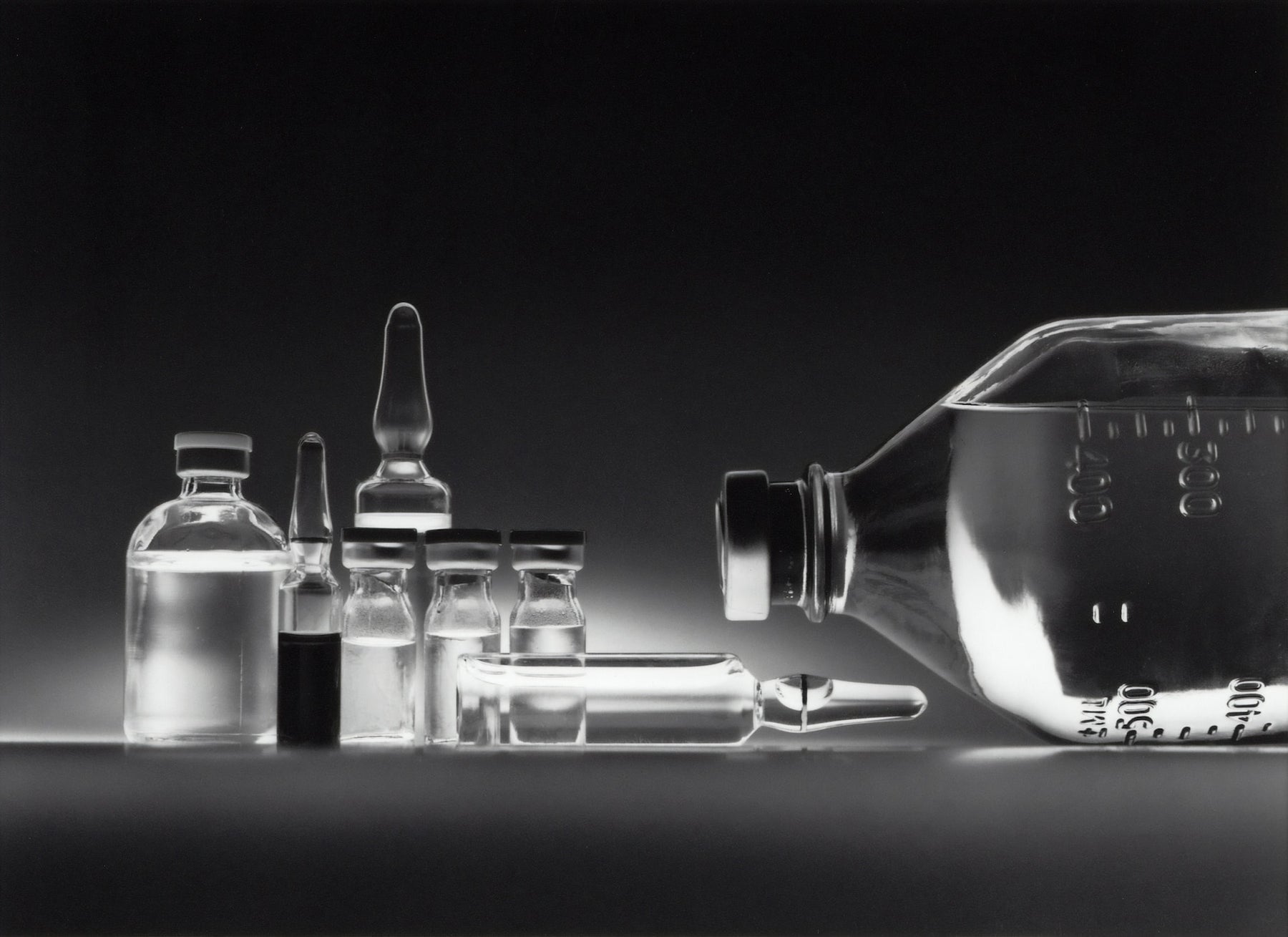(858) 224-9100

Calibration Curves 101: The Fun Way to Accurate Measurements 🎯
Hello, lab enthusiasts! Today, we're going to dive into the exciting world of calibration curves. If you've ever wondered how we turn those mysterious absorbance units from your HPLC into meaningful data, you're in for a treat. So, grab your lab coat, and let's get started!
1️⃣ The Magic of Calibration Curves 🌈
Think of a calibration curve as your lab's own magic mirror. You show it an unknown sample, and it tells you what's inside. It's like a culinary recipe, but instead of turning flour and sugar into a cake, we're turning absorbance units into parts per million (ppm).
2️⃣ Building Your Magic Mirror (Calibration Curve) 🏗️
Creating a calibration curve is like setting up a party. You need to invite the right guests (standards) and make sure they're in the right mood (concentration). For our vitamin party, we're inviting five guests:
- 200 ppm
- 100 ppm
- 50 ppm
- 25 ppm
- 10 ppm
3️⃣ Party Prep: Gathering the Materials 🎒
Just like any good party, we need the right supplies. Here's our checklist:
- Neat standard
- Volumetric flasks
- Transfer pipette
- Spatula
- Weigh boats
- Balance
- Pipette and pipette tips
It's like the DJ, food, and decorations of our calibration curve party.
4️⃣ Creating the Perfect Party Mix (Stock Solution) 🍹
Now, we're going to mix up our party punch, also known as our stock solution. We're weighing out about 200 mg of our neat standard and dissolving it in a volumetric flask. It's like mixing up the perfect party punch - too strong, and your guests will be on the floor; too weak, and they'll be bored.
5️⃣ Inviting the Guests (Creating the Calibration Points) 💌
Next, we're sending out our party invitations, or in lab terms, creating our calibration points. We're diluting our stock solution to create the different concentrations. It's like sending out invites to your friends, family, and that one neighbor who always brings the best snacks.
6️⃣ The Battle of the Bands: Gravimetric vs Volumetric 🎸
Now, we're onto the main event: the battle of the bands, or in our case, the comparison between gravimetric and volumetric calibration curves. Gravimetric is like the seasoned band that takes a bit longer to set up but always delivers a killer performance. Volumetric is the new band on the block - quicker to set up but sometimes a bit off-key.
Here's a quick comparison:
| Method | Setup Time | Performance |
|---|---|---|
| Gravimetric | Longer | High (R-squared value of 0.999) |
| Volumetric | Quicker | Slightly lower (R-squared value of 0.998) |
7️⃣ And the Winner Is... 🏆
After running both calibration curves through the HPLC, the results are in. The gravimetric calibration curve takes the crown with an R-squared value of 0.999, just beating out the volumetric calibration curve's 0.998. It's like the seasoned band winning the battle, but the new band still put on a great show.
8️⃣ The After-Party 🎉
And there you have it, folks! You've just navigated the exciting world of calibration curves. You've learned how to create a calibration curve, the difference between gravimetric and volumetric methods, and the importance of each step. So, the next time you're in the lab, remember: you're not just measuring absorbance, you're throwing a calibration curve party!
For a visual guide, don't forget to check out our video tutorial. Until next time, keep the party going in your lab work! 🥳

Leave a comment